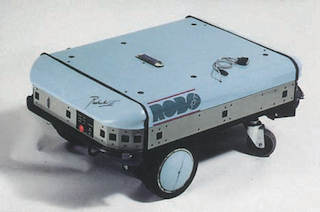The original robuTER logo, a symbol of accessible and visionary robotics.

The story of robuTER begins in a research lab at INRIA in the early 1980s. At the time, researchers in computer vision were developing algorithms to perceive and analyze visual environments. Their goal was clear: to apply these algorithms to robotics, in order to create machines capable of navigating intelligently through the real world.
It was in this context that Vincent Dupourqué envisioned the very first robuTER. He designed an autonomous mobile robot from an electric wheelchair, intended to serve as a platform for experimenting with service robotics. The name robuTER is a play on words that reflects this fusion: it combines ROBot and compuTER, symbolizing the union of mobile mechanics and embedded intelligence.
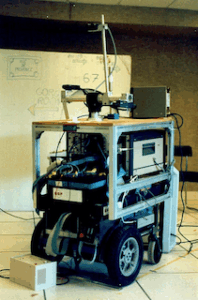
In 1985, convinced of the innovation’s potential, Vincent founded Robosoft to industrialize and commercialize the robuTER. It quickly became one of the first mobile service robots in Europe, used for research, education, and technical development.
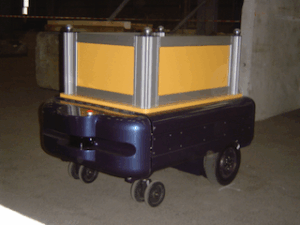
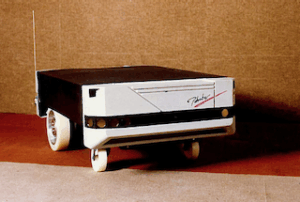
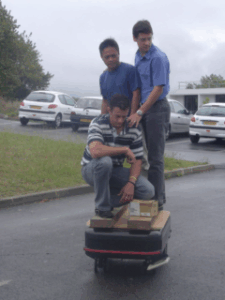
Between 1985 and the late 1990s, more than 100 robuTER units were manufactured and deployed in research laboratories across the world. robuTER laid the groundwork for what is now a major field: robots designed to navigate and assist in human environments — what we now call AMRs: Autonomous Mobile Robots.

